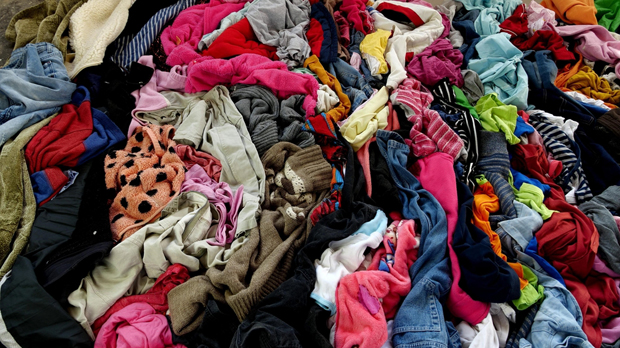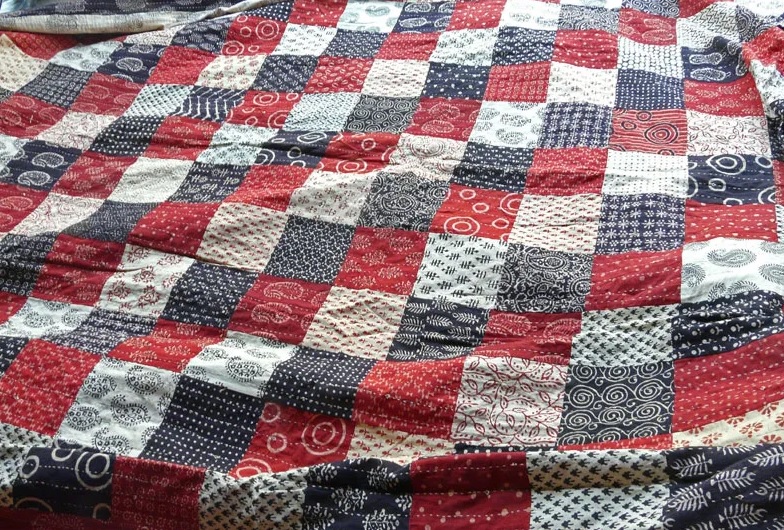As the crisis in the country intensifies, the textile sector in Bangladesh, a significant contributor to its exports, faces several challenges. With international buyers beginning to shift focus to alternative markets like India, there might be a potentialredirection of orders.
Industry experts predict, even if 10-11 percent of Bangladesh's export volume is diverted to Indian hubs like Tiruppur, India could gain an additional $300-400 million in business per month. KM Subramanian, President, TiruppurExporters’ Association, remarks, the association expects at least 10 per cent more orders in this financial year.
Currently, Bangladesh exports apparel worth $3.5-3.8 billion per month, holding a significant market share in the European Union, the United Kingdom, and around 10 percent in the United States. In comparison, India's monthly exports are in the range of $1.3-1.5 billion. PrabhuDamodaran, Secretary, Indian Texpreneurs Federation, states, the current disruptionsmay affect buyers’ sentiments with some orders shifting to India and other countries.India has the capacity to immediately handle an additional $300-400 million in orders, he adds.
The crisis in Bangladesh has emerged at a time when the country was on track to surpass $50 billion in annual exports in 2024, up from around $47 billion in 2023. The instability has also led to concerns about manufacturing units owned by Indians in Bangladesh. Approximately 25 percent of the units in Bangladesh are owned by Indian companies, such as Shahi Exports, House of Pearl Fashions, Jay Jay Mills, TCNS, Gokaldas Images, and Ambattur Clothing.
Highlighting the logistical challenges, S Chandrasekararan, Trade-policy Analyst, states, the breakdown in the supply chain for the upcoming Christmas season may benefit India with some orders being diverted to the country.Though global export volumes might drop, this could be offset by a rise in shipments from India, he adds.











